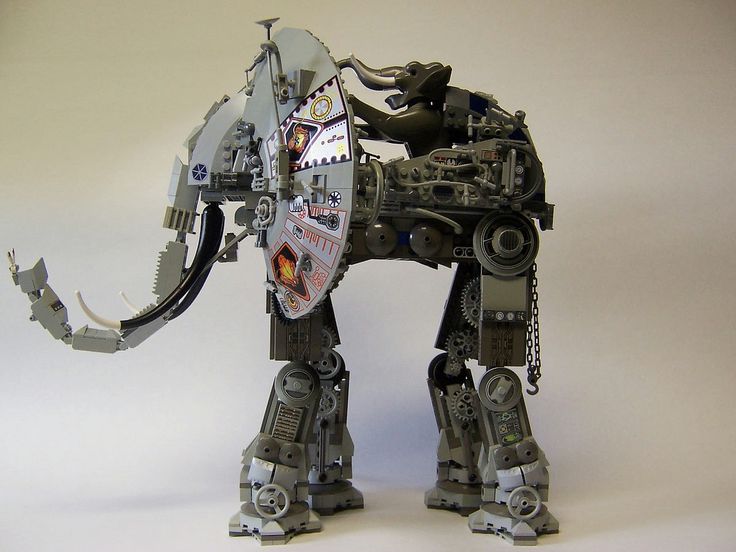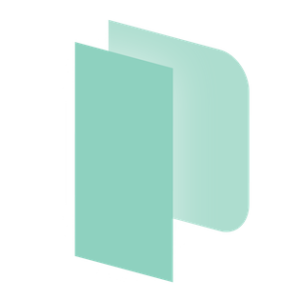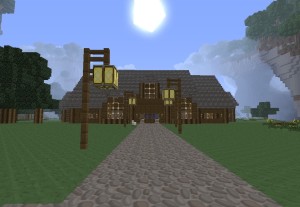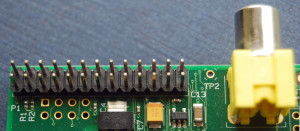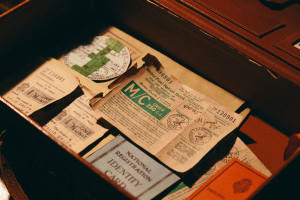 It’s IoT Week at SitePoint! All week we’re publishing articles focused on the intersection of the internet and the physical world, so keep checking the IoT tag for the latest updates.
A whole week of mostly IoT resources on every channel and, yes, that includes PHP. What? “PHP and IoT!? Surely you’re mistaken!”, you must be thinking. No, dear reader. PHP and IoT go well together – better than one might expect.
It’s IoT Week at SitePoint! All week we’re publishing articles focused on the intersection of the internet and the physical world, so keep checking the IoT tag for the latest updates.
A whole week of mostly IoT resources on every channel and, yes, that includes PHP. What? “PHP and IoT!? Surely you’re mistaken!”, you must be thinking. No, dear reader. PHP and IoT go well together – better than one might expect.
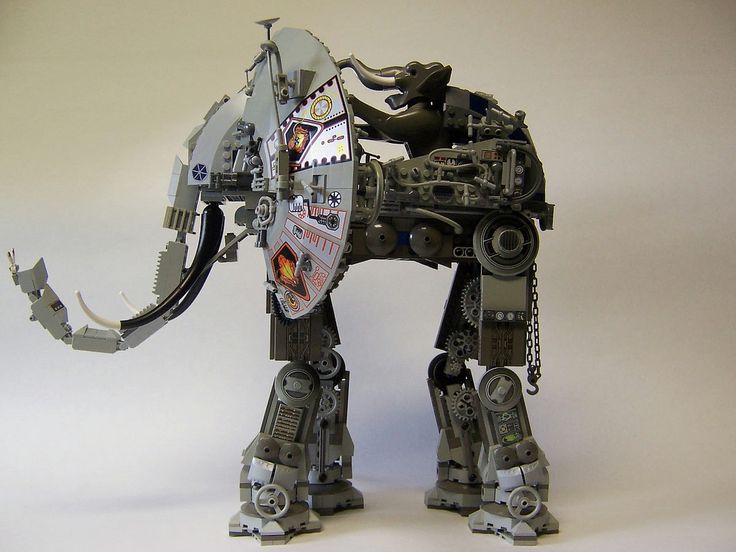 In this post, we’ll list some getting started resources. Throughout the remainder of the week, we’ll have some amazing hands on posts for you – everything from creating a drinks machine with PHP, to a real life alarm when a door in Minecraft opens (yes, really!) – and that’s just on our channel. Be sure to check out the others, too!
Without further ado, here’s some introductory material for you if you feel like dabbling before we dive in properly!
In this post, we’ll list some getting started resources. Throughout the remainder of the week, we’ll have some amazing hands on posts for you – everything from creating a drinks machine with PHP, to a real life alarm when a door in Minecraft opens (yes, really!) – and that’s just on our channel. Be sure to check out the others, too!
Without further ado, here’s some introductory material for you if you feel like dabbling before we dive in properly!
Hardware
- Electronic Components: when starting out, it’s sometimes difficult to know how to use electronic components, or how to plug them into a circuit. This little guide by the excellent Christopher Pitt is helpful for figuring out a handful of common components.
- Arduino: a neat hobbyist development platform. It abstracts the steps from resisters and wires to functional computation. You program Arduino boards using C/C++, and this guide will fill in the details to get you started…
- Onion IoT: a hardware platform like Arduino, but allegedly more flexible and more language agnostic, in that it also supports PHP. The devices and addons are fairly cheap, and very easy to mix and match with other hardware, from generic electronics to Arduinos.
- Intel Developer Zone Hardware Store: Intel’s developer zone contains a nice catalogue of hardware designed specifically for IoT. Well, not really – it’s just your general purpose electronics – but all bundles together into one store focused on IoT. So if ordering online is more your forte, this is the place to get equipped.
- Gas sensors: when I was in grade school, I built a breathalyzer with LEDs showing the alcohol level for a competition. Those were arguably simpler times for building stuff, but it was much, much more complicated to find proper hardware. These days, things are reverse – the hardest part to find was a gas based resistor sensor, and that’s exactly what sites like these have to offer.
Software and Tutorials
- Firmata (JavaScript based): when you’re starting out with Arduino, you may not have the time or desire to learn C/C++ just to be able to program a board. Luckily you don’t have to. This guide introduces Firmata, in one of the many languages that can communicate with it.
- MakeyMakey: electronics can be super fun for kids! Get them started with the MakeyMakey. It emulates a keyboard/joystick, which you can make your favorite games work with.
- UnoJoy: if you’ve got an Arduino lying around, and want to turn it into a MakeyMakey, this library is just what you need. It includes conversion kits (and you’ll be able to restore it back to being just an Arduino) and examples.
- Arduino + Serial PHP Communication: you don’t have to use Firmata to control your Arduino. This guide demonstrates how to create a custom serial communication channel between PHP and your Arduino. It’s a good place to start when you need to use special C/C++ controlled components alongside a PHP application.
- Arduino + Firmata PHP Communication
- Power LED bulbs with PHP and Arduino
- Gorilla PHP Extension: Once you’ve got Firmata running on your Arduino, you’ll need a sweet communication library for your PHP applications to tie into. This is it!
- Onion IoT Cloud: the true entry point to the “cloud” and the real internet in Internet of Things, the aforementioned Onion hardware platform has this dedicated app cloud for deploying Onion apps and connecting your various devices and electronics
- Build a PHP app that uses GPS data from an IoT device: Develop PHP apps for the Internet of Things with IBM Watson IoT Platform, Bluemix, and MQTT. Turn your Android phone into a GPS sensor that constantly publishes its location to the Bluemix cloud. Then, connect a PHP application with this data stream and use it to track the location of the Android phone in real time in your web browser.
- A simple PHP library to communicate with Azure IoT Hub: an introductory tutorial to a PHP library which can be used to communicate with the Azure IoT hub.
What next?
Now that you’re equipped to get started, go ahead and dabble. Think of ideas, imagine scenarios, and go out to your electronics store to get a $10 fistful of hardware – by the time you’re back, we’ll have plenty of hands-on tutorials for you. Have any more resources that might fit into this list? Let us know in the comments, and happy IoTing!Frequently Asked Questions on PHP and IoT
How does PHP contribute to IoT development?
PHP, a popular server-side scripting language, plays a significant role in IoT development. It provides a platform for creating dynamic web pages and applications that can interact with IoT devices. PHP’s flexibility, scalability, and robustness make it an ideal choice for IoT development. It can handle complex tasks, manage databases, and communicate with different IoT devices. Moreover, PHP’s extensive library support and community make it easier for developers to find solutions to their problems.
What are the benefits of using PHP in IoT?
PHP offers several benefits when used in IoT. It is an open-source language, which means it is free and continuously updated by a community of developers. PHP is also platform-independent and can run on any operating system. It supports a wide range of databases, making it easier to store and manage data from IoT devices. PHP also has built-in functions for handling JSON and XML, which are commonly used in IoT for data exchange.
Can PHP handle real-time data processing in IoT?
Yes, PHP can handle real-time data processing in IoT. With the help of specific libraries and extensions, PHP can process and analyze data in real-time. For instance, Ratchet is a PHP library that provides a way to create real-time, bi-directional applications between clients and servers over WebSockets.
How secure is PHP for IoT applications?
PHP is as secure as the developer makes it. It has several built-in security features, such as data encryption and secure database connections. However, the security of an IoT application depends on how these features are implemented. It is crucial to follow best practices for PHP security, such as using prepared statements for database queries and validating and sanitizing user input.
What is the future of PHP and IoT?
The future of PHP and IoT looks promising. As IoT continues to grow, the need for server-side scripting languages like PHP will also increase. PHP’s ability to handle complex tasks, manage databases, and interact with different IoT devices makes it a strong contender in the IoT development space. Moreover, advancements in PHP, such as improved performance and better support for asynchronous programming, will further enhance its suitability for IoT.
How does PHP compare to other languages for IoT development?
PHP is a versatile language that can be used for various aspects of IoT development. While languages like Python and JavaScript are also popular for IoT, PHP’s strength lies in its robustness, flexibility, and extensive library support. However, the choice of language depends on the specific requirements of the IoT project.
Can PHP be used for IoT device programming?
PHP is primarily used for server-side scripting and is not typically used for programming IoT devices. However, with the help of specific libraries and extensions, it is possible to use PHP for communicating with IoT devices.
What are some examples of PHP and IoT applications?
Examples of PHP and IoT applications include home automation systems, smart agriculture systems, and industrial automation systems. In these applications, PHP is used to create the web interface and handle communication between the IoT devices and the server.
What are the challenges of using PHP in IoT?
Some challenges of using PHP in IoT include handling real-time data, ensuring security, and managing resource constraints. However, these challenges can be overcome with proper planning, following best practices, and using the right tools and libraries.
How can I get started with PHP and IoT?
To get started with PHP and IoT, you need to have a basic understanding of PHP and how IoT works. You can then explore different PHP libraries and tools that are used in IoT. It would also be helpful to work on a simple IoT project using PHP to gain practical experience.
Bruno is a blockchain developer and technical educator at the Web3 Foundation, the foundation that's building the next generation of the free people's internet. He runs two newsletters you should subscribe to if you're interested in Web3.0: Dot Leap covers ecosystem and tech development of Web3, and NFT Review covers the evolution of the non-fungible token (digital collectibles) ecosystem inside this emerging new web. His current passion project is RMRK.app, the most advanced NFT system in the world, which allows NFTs to own other NFTs, NFTs to react to emotion, NFTs to be governed democratically, and NFTs to be multiple things at once.
